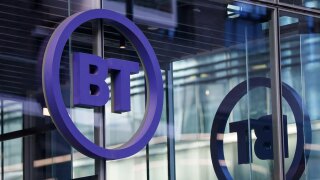This emergency measure aims to help areas where communication infrastructure was damaged, according to Reuters.
Subscribe today for free
According to the FCC, over 74% of cell towers were down on September 28, but that number has since dropped to 17% as recovery efforts continue.
SpaceX’s satellites are providing emergency alerts, and T-Mobile has been testing basic SMS capabilities on its network in the region.
"While SpaceX's direct-to-cell constellation has not been fully deployed, we felt that getting even this early test version into the hands of people on the ground could provide vital support as teams work to get infrastructure and services back online and help first responders with rescue efforts," T Mobile said on Sunday.
Although, Starlink’s full satellite constellation is not yet in place, both companies are working to provide vital support while restoring traditional infrastructure.
T-Mobile noted that most of its network has been restored, but challenging areas remain. FCC Commissioner Brendan Carr said that while the service is not yet fully operational, Starlink’s efforts could significantly improve connectivity in disaster-stricken areas.
Carr added that "it is important to manage expectations here. Starlink does not have a full constellation of direct-to-cell satellites in space yet.”
He added: “Starlink is giving this a shot nonetheless to help address the serious need for connectivity in these disaster areas."
RELATED STORIES
Musk says Starlink is still waiting on approval to launch in South Africa






